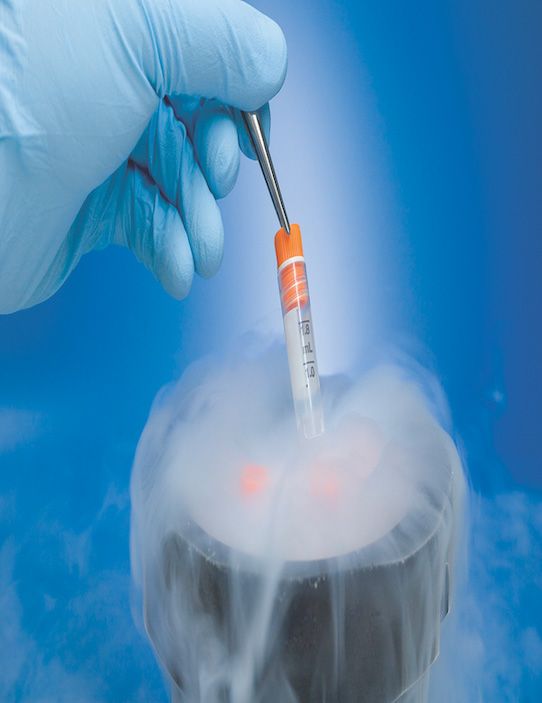Where are those missing billions in new-product pharma sales?
Healthcare research firm calls out the alarmist predictions over PCSK9s and other new drugs
It’s already known among many pharma CFOs and some Wall Street analysts, but the string of scary predictions over rising drug sales in the past couple years is looking quite shaky, according to an analysis to be published by The Partnership for Health Analytics Research (PHAR LLC, Beverly Hills, CA). The boutique health economics and outcomes research firm chose the one-year anniversary of the introduction of the PCSK9 cholesterol inhibitors (Repatha from Amgen, and Praluent from Sanofi) to point out that pre-launch predictions of billion-dollar sales were off—by a factor of nearly 99%.
PHAR calls out the Institute for Clinical and Economic Review (ICER), which predicted the one-year cost to healthcare payers of the two drugs at $7.2 billion; first-year sales are going to come in around $83 million, says PHAR, or 1.2% of the prediction. The $65 million that Sanofi paid to another company for a early-review voucher with FDA, which enabled it to launch its product a month ahead of Amgen's, is starting to look like a poor investment.
In other examples, PricewaterhouseCoopers and Bloomberg both predicted the drug cost to the healthcare system for AbbVie’s Viekira Pak, for hepatitis C, and BMS’ Opdivo, for metastatic melanoma skin cancer. Their predictions for Viekira Pak were over $2.9 billion; actual first year sales were 28% of the prediction. The predicted cost of Opdivo was $1.7 billion; actual sales were 48% of predicted. Underestimates were less common—Novartis’ Cosentyx, originally approved for psoriasis, was predicted to cost $120 million in the first year after launch; actual sales were more than twice that. PHAR looked at predictions for 14 drugs launched since 2012: the PCSK9s, three oncology drugs, three for hepatitis C, two for obesity management and one each for cystic fibrosis, heart failure, psoriasis, and diabetes. On average, pre-launch predictions were 11 times higher than actual sales.
In a statement, Dr. Michael Broder, MD, PHAR president, said, “Overestimating drug costs by so much cannot lead to good decision-making. In fact, it is likely that patients feel the negative effects of such predictions in the form of early access restrictions and higher copayments.”
To be fair to some of these forecasters, the estimates were made on the basis of high uptake, and little discounting; the predictions themselves generate counter-actions that limit market access. Those actions, in turn, are what are keeping pharma brand managers up at night figuring out how to address the access and reimbursement issues. Arguably, the intense focus on about-to-be-launched drugs has been energized in the aftermath of the 2014 introduction of Solvaldi, Gilead Sciences’ record-breaking hep C product, which became nearly a $10-billion product in its first year and distorted healthcare budgets significantly. (The drug is now being reportedly sold at 50% discounts, and competitors such as Vieikira Pak and others have entered the market.)
Traditional pharma marketing puts heavy credence on the six-month sales of newly launched products as an indicator of its overall life-cycle revenue generation. But that traditional measure might be losing relevance in an era where payers ready a series of cost controls even before the first prescription has been filled.
